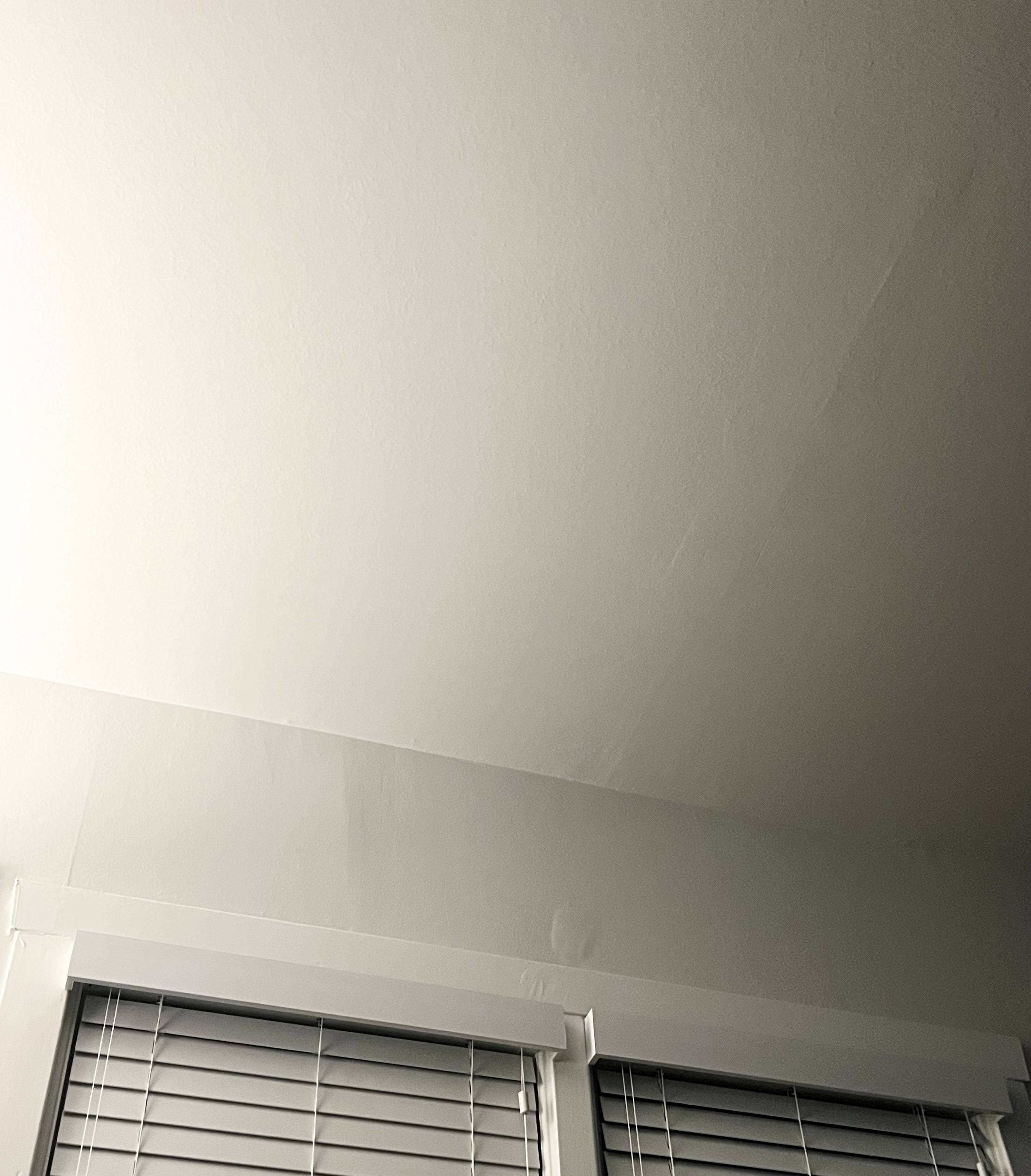A home we recently purchased has its fair share of wear and tear. These are things we noticed when we bought the house but just did not seem too concerning. Now about a year in - not sure if these opportunities have become more showing or we are just becoming more aware. The home was built in the late 30’s and has had a few additions. In the original part of the home we have a lot of lines in the ceilings and bulges in walls. None are soft or squishy so I know it is not caused by moisture issues or water intrusion. My gut says poor installation.. but is it worrisome? Structural? Normal?
Looking for someone advice. See picture attached for a corner and ceiling example. 
